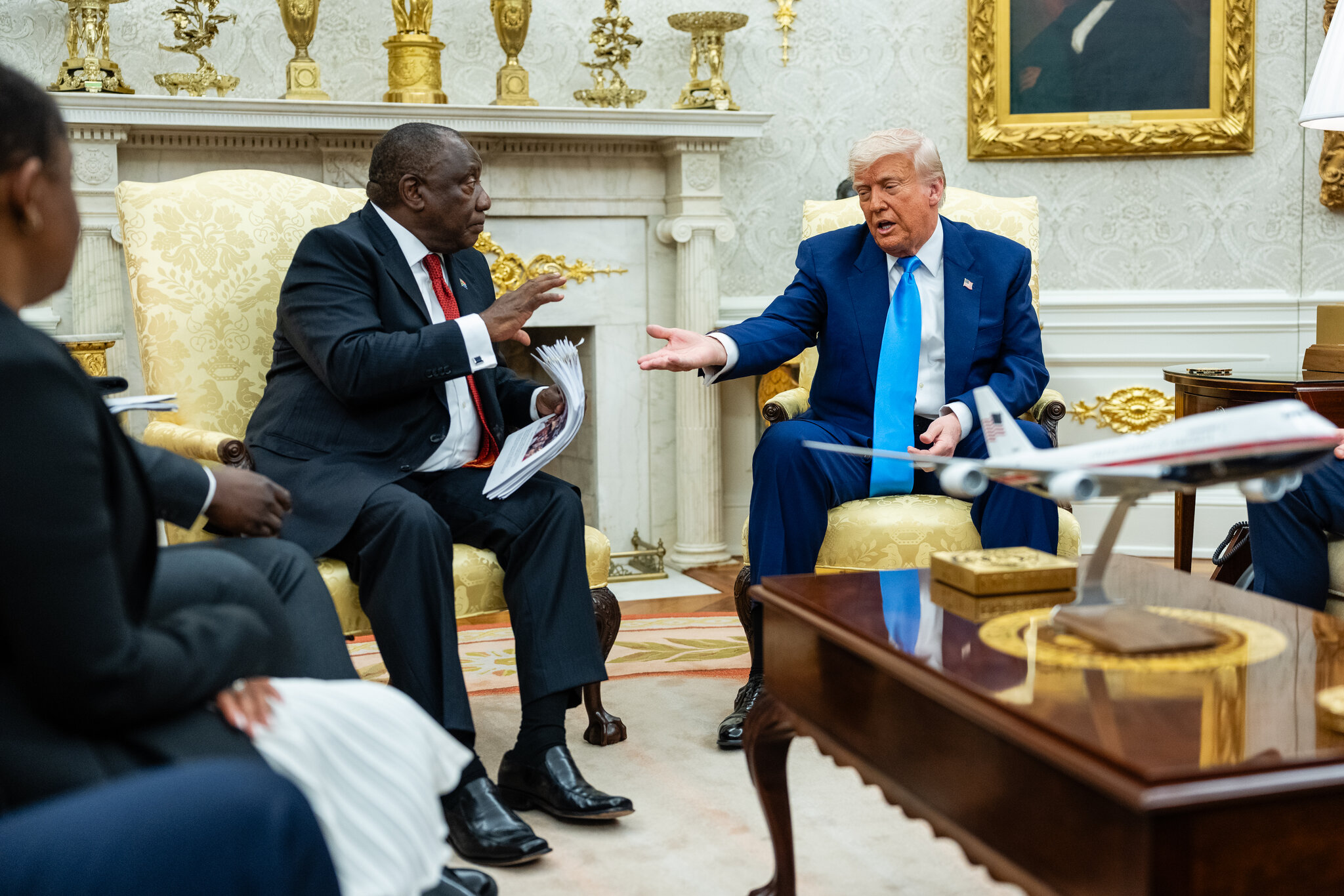President Donald Trump has intensified his stance on domestic manufacturing, specifically targeting Apple Inc. He has threatened to impose a 25% tariff on iPhones and other smartphones not produced within the United States. This move is part of a broader strategy to encourage companies to relocate their manufacturing operations to the U.S., aiming to boost domestic employment and reduce reliance on foreign production.WSJ+2ElHuffPost+2Reuters+2MarketWatch+3Reuters+3ElHuffPost+3
Apple, which assembles a significant portion of its products overseas, particularly in China and India, faces substantial challenges in shifting its manufacturing base. Experts suggest that relocating production to the U.S. could take years and significantly increase production costs, potentially leading to higher prices for consumers.Reuters
The escalating tension between the Trump administration and Apple underscores the complexities of global supply chains and the potential economic impact of protectionist policies. As the situation develops, it remains to be seen how Apple will respond to these pressures and what implications this will have for the broader technology industry.
Here is a fully SEO-optimized, extensive, and informative article you can use for your WordPress site:
Trump’s Relationship with Apple Deteriorates Amid Tariff Threats
Meta Description: Former President Donald Trump has issued renewed threats to Apple Inc., pushing the tech giant to move iPhone production to the U.S. amid growing tensions and trade war rhetoric. Learn how this could impact Apple, the U.S. economy, and global supply chains.
Introduction
The relationship between former President Donald Trump and Apple Inc. has long been complicated. From tariff threats to demands for domestic manufacturing, Trump has consistently pressured the tech giant to shift its production from China to the United States. This ongoing tension reached a new peak recently as Trump publicly criticized Apple and renewed his calls for American-based manufacturing.
This article delves into the current state of Trump’s relationship with Apple, explores the implications of his tariff threats, and examines how these developments could affect Apple, consumers, and the broader tech industry.
Trump’s Stance on Domestic Manufacturing
Donald Trump has been a vocal advocate for “America First” economic policies, which prioritize bringing manufacturing jobs back to the U.S. A central component of this strategy is imposing tariffs on companies that produce goods overseas—especially in China—and import them back into the American market.
In recent statements, Trump warned that Apple could face up to a 25% tariff on iPhones and other electronic products if they continue to be manufactured outside the United States. According to him, Apple’s reliance on Chinese manufacturing undermines American labor and economic independence.
“We’re going to make Apple build their damn computers in this country. No more excuses,” Trump declared during a campaign event.
Why Apple Manufactures Overseas
Apple has long outsourced the majority of its production to countries like China and, more recently, India and Vietnam. The main reasons include:
- Cost Efficiency: Labor and production costs are significantly lower overseas.
- Supply Chain Integration: China's ecosystem of component suppliers and skilled labor is unmatched globally.
- Scalability: Apple benefits from China’s capacity to rapidly scale production to meet global demand.
Relocating production to the U.S. would present serious challenges. Analysts estimate that manufacturing an iPhone in the U.S. could increase the cost by 20% to 40%, which would likely be passed on to consumers.
Potential Impact of Tariff Threats
Trump’s threat to impose tariffs on Apple products carries several implications:
1. Higher Consumer Prices
If Apple is forced to pay tariffs, the added costs would likely be transferred to consumers. This means higher prices for iPhones, MacBooks, and other devices.
2. Stock Market Volatility
Apple is one of the most valuable companies in the world. Any disruption in its supply chain or profit margins could ripple through the stock market, especially the tech-heavy Nasdaq index.
3. Supply Chain Disruptions
A forced shift in manufacturing could lead to:
- Production delays
- Quality control issues
- Increased overhead for retraining U.S.-based workers
4. Geopolitical Tensions
China has previously retaliated against U.S. companies in response to trade policies. Renewed tariffs could escalate tensions between the U.S. and China, affecting not just Apple but countless other global businesses.
Apple’s Response to Pressure
Apple has taken steps to diversify its production base. In recent years, the company has:
- Increased manufacturing presence in India and Vietnam
- Opened a Mac Pro assembly plant in Austin, Texas
- Invested in microchip production in Arizona
Despite these efforts, the majority of its supply chain remains embedded in China. Apple CEO Tim Cook has emphasized that the company is working to become less dependent on any single country, but full relocation is neither simple nor fast.
The Broader Implications for the Tech Industry
Trump’s pressure on Apple sets a precedent for other tech companies heavily reliant on foreign manufacturing. If Apple is forced to localize production, firms like Dell, HP, and Samsung could face similar scrutiny.
The move could stimulate:
- Domestic job creation in manufacturing and logistics
- Increased investment in automation and smart factories
- Greater emphasis on geopolitical risk management in corporate strategies
What This Means for American Consumers and Workers
For consumers, the biggest impact would be seen in pricing and availability of Apple products. For American workers, especially those in manufacturing and technology sectors, Trump’s push could result in:
- New job opportunities
- Higher wages in specialized labor sectors
- Increased government incentives for tech companies to build U.S.-based infrastructure
However, these benefits could take years to materialize and may not offset the short-term economic disruptions.
Conclusion
The deteriorating relationship between Donald Trump and Apple marks a pivotal moment in the conversation about globalization, trade policy, and the future of American manufacturing. While Trump’s intentions to bring jobs back to the U.S. align with broader nationalist economic strategies, the execution is fraught with complexities.
Apple’s response to this pressure will not only shape its own future but also set the tone for how global tech companies operate in an increasingly protectionist world.



